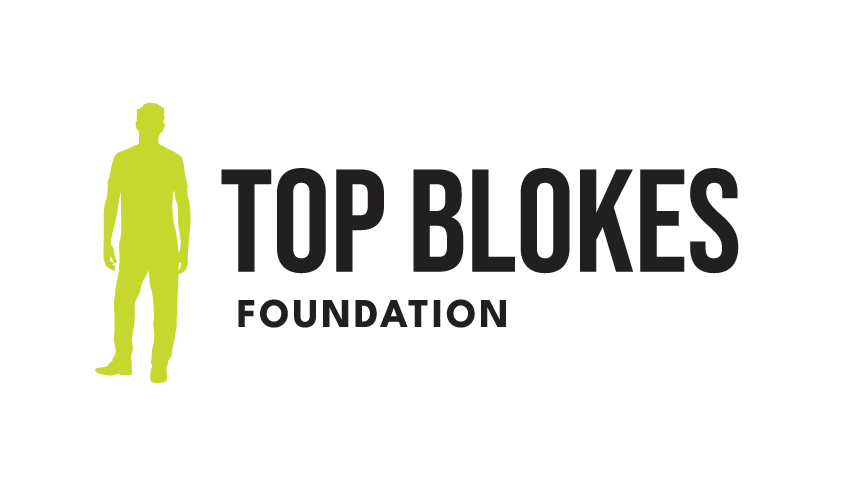There’s something about a barbershop that brings out real conversations. Maybe it’s the laid-back vibe, the hum of clippers, or the unspoken trust between the barber and the person in the chair. In this case, the conversation wasn’t just about fades and mullets—it was about pornography, masculinity, and what young men are (and aren’t) learning from it.
Isaac, a Top Blokes Youth Worker, sits in the barber chair and reflects on the conversations he’s had with young males about pornography. One thing is clear: young men want to talk about it, but they don’t always know how.
Porn as an educator? The problem with that.
In Top Blokes programs, discussions around pornography don’t happen right away. They come after weeks of building trust—because without that, conversations tend to be either too awkward to take seriously or shut down entirely.
“We start off by having a conversation around the age that someone might first view porn and then compare that to the age that someone might have sex for the first time,” Isaac explains.
On average:
- First exposure to porn happens around 13 years old.
- First sexual experience happens around 15 years old.
“That’s a good couple of years where they’re learning about sex through porn,” he says. “And that’s a problem because porn isn’t showing them what real intimacy looks like.”
And the biggest issue? What porn teaches isn’t real.
- Consent is rarely shown. “If it is given in porn, the guys aren’t seeing it because it’s not part of the content that they’re watching.”
- Conversations about boundaries don’t exist. “They’re not shown how to communicate healthily in an intimate situation through porn.”
- Condoms are practically invisible. “It’s just not in the culture, in the porn that they’re seeing. And that is reflected in young people.”
- Connection—the real reason people seek intimacy—is missing. “Porn is distilling down a relationship or intimacy into something that’s really far from what people might engage in intimacy for in the first place, which is connection.”
For young men who haven’t had their first real experiences, this distorted version of sex becomes their reference point. And that has real-world consequences.
The Impact: More than just “A bit of fun”
It’s not just about unrealistic expectations—it’s about how porn influences behaviour, relationships, and self-worth.
“There are studies around it. At the moment, there haven’t been a huge amount of studies done, but what we do share based on the current studies in the workshops is around comparing it to something like aggression found in young people who play violent video games and watch violent movies,” Isaac shares.
The findings? “We’re actually seeing higher levels of aggression in those that are consuming [violent porn] compared to the movies and the video games, which is a bit alarming.”
Without seeing healthy models of communication, respect, and boundaries, young men are left to guess what’s expected of them in relationships. And too often, those expectations are shaped by the performance-driven, male-dominated world of pornography.
No shame, just honest conversations
But here’s the thing—Top Blokes isn’t here to shame young men for watching porn.
“We know people are engaging with it,” Isaac says. “Just like with alcohol and drugs, pretending it doesn’t exist won’t help anyone.”
Instead, the goal is to help young men think critically about their habits and understand their impact. Questions like:
Why am I watching this?
Is this shaping my expectations of real relationships?
How does this make me feel about myself and others?
By reframing the conversation, Top Blokes creates a space where young men feel heard, not judged—and where they can start to see connection, respect, and communication as more important than unrealistic performances.
The four C’s: What porn doesn’t teach you
Isaac wrapped up the conversation with a simple takeaway:
If you’re learning about sex from porn, you’re missing four key things:
1. Communication – Real relationships need real conversations.
2. Consent – It’s not optional. It’s ongoing, clear, and mutual.
3. Condoms – Porn rarely shows them, but safe sex is real sex.
4. Connection – The most important part of intimacy.
Young men deserve better than learning about sex through a screen. They deserve real conversations, real education, and real connection. At Top Blokes, we’re making sure they get it.
Want to be part of the change?
Support our programs. Start the conversation. Let’s raise a generation of young men who understand what real relationships should look like.
Find out more about the realities of pornography.
References:
Quadrara, A., El-Murr, A. and Latham, J. (2017). Online Pornography: Effects on Children and Young
People. Australian Institute of Family Studies. Online: https://aifs.gov.au/sites/default/files/publicationdocuments/online_pornography-effects_on_children_young_people_snapshot.pdf
Power, J., Kauer, S., Fisher, C., Bellamy, R. and Bourne, A. (2022). The 7th National Survey of Australian Secondary Students and Sexual Health 2021, La Trobe University. Online: https://ssashsurvey.org.au/wp-content/uploads/2023/10/2021_SSASH_Report.pdf




